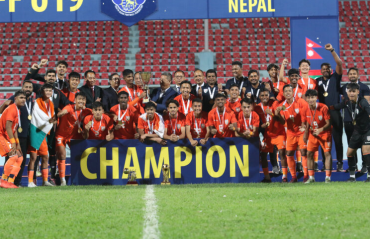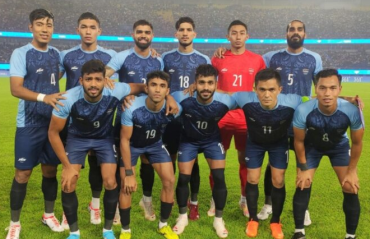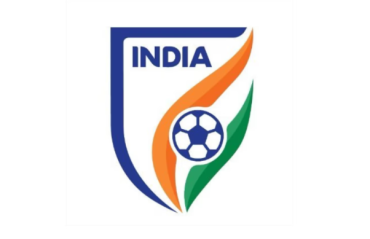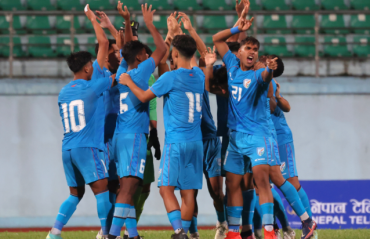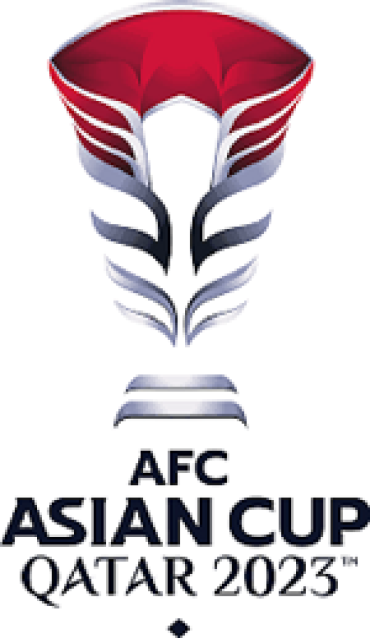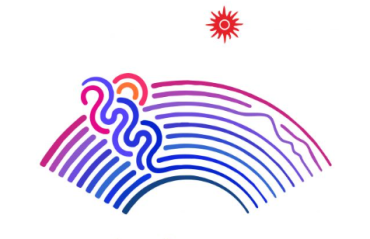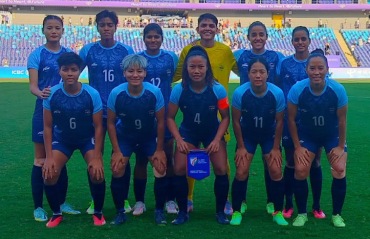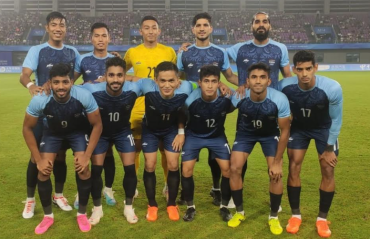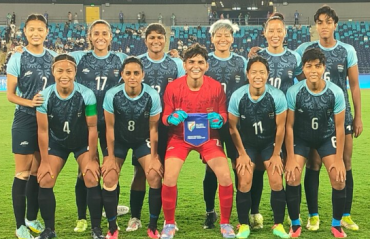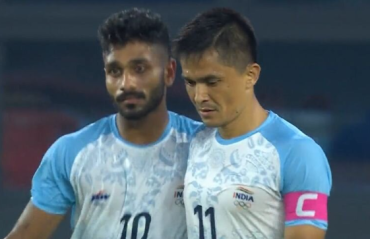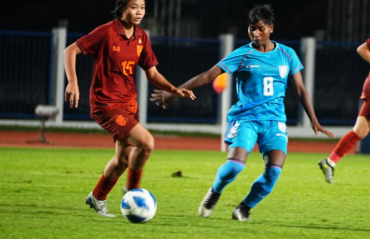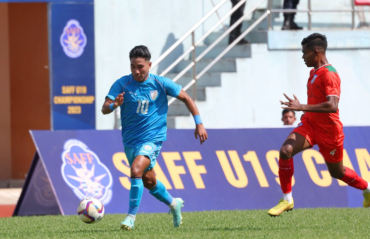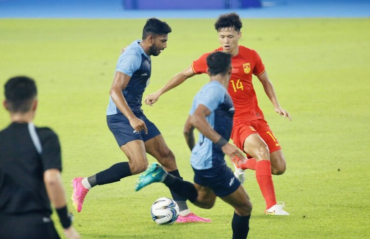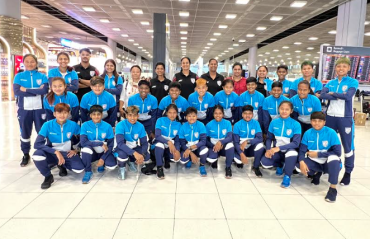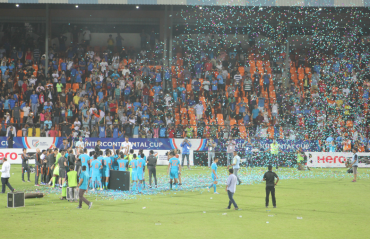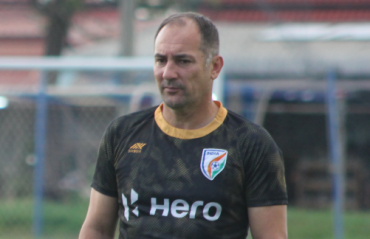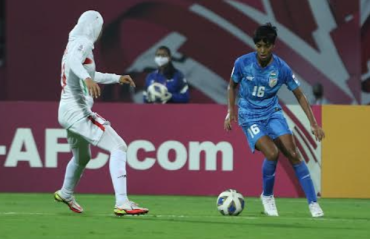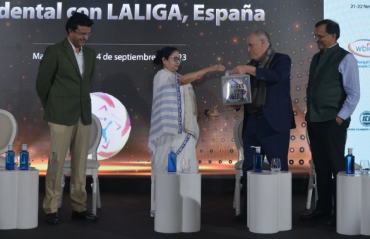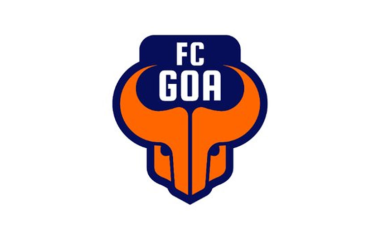The Merger Digest: the what, where and why of the re-structuring of Indian football league system
- By Chiranjit Ojha

- December 22, 2016
THE RECENT COMMENTS made by AIFF General Secretary Kushal Das have made it clear that the merger is around the corner; 2017-18 will see the start of a new top division and a new-look professional league pyramid take effect, right after the gala event of FIFA U-17 World Cup ends.
But due to the long bout of secrecy, rumours and spins on the developments from various quarters, there is still a lack of clarity among fans regarding what exactly is happening regarding the re-structuring of leagues; what are the specific actions being taken, the motivations behind them and what desired outcomes they are pursuing.
So in this piece, TFG provides a simple point by point breakdown of the whole process; to bring the fans up to date on the particular path Indian football is undertaking and the possible long term yields from that endeavour.
1) ISL the private tournament is being abolished because it was against the FIFA norms in the first place; if AIFF had continued with it India would face suspension from FIFA like Indonesia did. There's a reason why AFC had to step into the matter of the merger and form a joint task force with AIFF, IMG-Reliance and other stakeholders; it's not exactly a vote of confidence, despite their public stance of fully supporting AIFF.
2) The existing ISL teams and some of the top I-League clubs will form a new league. This new top division league will have the name of ISL because of its existing brand recognition. But it will inherit the core features of I-League; namely club licensiing, top division status and the representation in Asia.
Thus it will form a continuous chain of national leagues in India, that started in 1996 as National Football League, re-branded itself as I-League in 2007 and again adopted a new brand - Indian Super League - in 2017.
3) Most of the I-League clubs will be relegated to the new second tier league, League One. This is a tricky part as forced relegation of top division clubs is very sensitive; but the process will be smooth now that most dissident clubs have pulled out of the I-League. Existing clubs that get relegated are unlikely to protest, they are more or less happy with the financial incentives they will get for accepting relegation.
4) In order to honour the original 10 year contracts that IMG-Reliance signed with the ISL franchises, the new top division league (ISL) will probably not have any relegation till those contracts run out. That's presumably 2024. But IMG-Reliance plan to expand the league to include about 16 clubs by then, so there's still a thin chance of some League One clubs getting promoted; if they can cough up the franchise fee. It's unlikely they will allow the League One clubs to have a guaranteed promotion slot because IMG-Reliance want to control which clubs come into the ISL, and from which city, until the leagues are finally opened up and compulsory promotion-relegation is adopted. Ultimately, when that will happen nobody knows for sure.
5) The Federation Cup will be essentially re-branded as Indian Super Cup, a knockout tournament involving ISL as well as lower league clubs in the vein of FA Cup. Just like Fed Cup, the Super Cup winner will get to play in the AFC Cup Qualifiers.
6) At this point the only dispute regarding the merger seems to be regarding Atletico de Kolkata's claim of exclusivity over the city of Kolkata. They want East Bengal and Mohun Bagan to play out of elsewhere because the franchise contract says they will be the only team in ISL from Kolkata. Now, this can go a few ways;
i) Mohun Bagan are allowed to play out of the Howrah Stadium; which is not far from their club tent and everyone will happily agree to it. East Bengal register from Siliguri or Barasat and play out of there. Atleico de Kolkata return to Salt Lake Stadium.
ii) EB and MB play from Howrah/Siliguri/Barasat but claim that ATK cannot have exclusivity over the Salt Lake Stadium because the stadium itself does not fall inside the Kolkata municipality; it's situated in the district of North 24 Paraganas. In this case, ATK will be made to play out of Rabindra Sarobar which is inside Kolkata, and the Salt Lake Stadium will be used for the Derby matches (EB vs MB, MB vs ATK, EB vs ATK). This is a viable solution because Derby matches see a huge surge in attendance compared to other matches.
iii) IMG-Reliance convince ATK to share the city of Kolkata with EB & MB and everyone lives happily everafter. One way to do it is to point out that ATK's franchise contract is for a private tournament, while they will get to play in the real national league thanks to the merger. So the old contract cannot be applied to the new league without revisions. Perhaps some added financial incentive may also be provided to ATK to relinquish their claims of exclusivity.
iv) Atletico de Kolkata are merged into East Bengal or Mohun Bagan. But this is almost certainly not going to happen; ATK won ISL 2016 so it will look bad for the league if they lose their identity next season. Plus neither EB nor MB want to associate with the ATK owners; they've been actively bad-mouthing each other in the recent past. We're likely to have all 3 of them in the next season of the top division league.
7) League One and League Two will have promotion-relegation amongst themselves. While everyone has been banging their heads over the controversy at the top of the pyramid, the lower divisions have slowly become more and more healthy. The inaugural edition of League Two (the new third tier) will see the participation of popular clubs like Mohammedan Sporting, Chanmari FC, Real Kashmir FC and Lonestar Kashmir FC. New ambitious clubs like Ozone FC and Fateh Hyderabad AFC may also be there. Unless, of course, any of these aforementioned clubs earn a promotion to League One this season.
8) The growth in number of teams participating in the youth leagues is expected to eventually spill over to League Two and we will see a good number of competitive sides plying their trade in both its conferences. The core plan of IMG-Reliance for the re-structured Indian football system targets to have 50 clubs playing across all 3 divisions, and the lower leagues will play a crucial role in making that happen. IMG-R claim that a number of League One matches will be televisded, while League Two will be digitally streamed. If this helps to build good local fanbases for these clubs, it will help the Indian leagues immensely in the long run; as the football pyramid needs a strong base to be sustainable.
9) All this rests on the assumption that football under this new league system will grow exponentially at the top of the pyramid in terms of viewership and fanbase, while the lower divisions will attract more and more investment and participation as new clubs join the fray hoping to one day reach the top division. But the growth of the lower divisions is almost fully dependent on the promise of promotion to the top.
So here's how it could go wrong: if the new top tier league does not grow fast enough, making it hard for IMG-Reliance to achieve the desirable "sustainability" where they get a good amount of franchise fees and club owners turn a profit through sponsorship, ticket sales and cental revenue shares, this will further delay the implementation of promotion-relegation. And lack of upward mobility will take the steam out of lower tier clubs because clubs tend to quit when they see a future without top tier football. The Goan clubs (Salgaocar, Dempo, Sporting Clube de Goa), Royal Wahingdoh, Pune FC everyone pulled out of the league for the same reason: they could not accept a situation where they were forced to play in the second division. No one wants to go down a tunnel without the hope of there being a light at the end of it.
And if what happened to the I-League also happens to League One, then we are looking at a dark future indeed. Because if clubs start pulling out of League One and League Two, and ISL remains a fully closed league, then you have a perfect storm where the league pyramid simply has no room for growth. It's a downward spiral from there as it will eventually see the top tier clubs either cut down on their investments, or pull out altogether.
For the sake of all the ISL franchises, I-League and 2nd Division League clubs, and the players who play there, here's hoping it doesn't come to that. A growing top division and transparency from the administration about promotion-relegation will go a long way to earn the long term trust of the lower league club owners and investors, leading to the re-structured league system growing stronger with time, and diversifying itself by allowing the most ambitious and capable clubs to ascend to the top tier.
Get the latest in the world of Sports, Teams, and Players! Free Delivery to your Inbox.









